Accepted Scientific Name: Jatropha cathartica Teran & Berland.
Mem. Comis. Limites [Teran & Berlandier] 9 (-11). 1832; I. M. Johnston in Contrib. Gray Herb. n. s.lxx. 89 (1924). Notes: J. Berlandieri Teran & Berland.
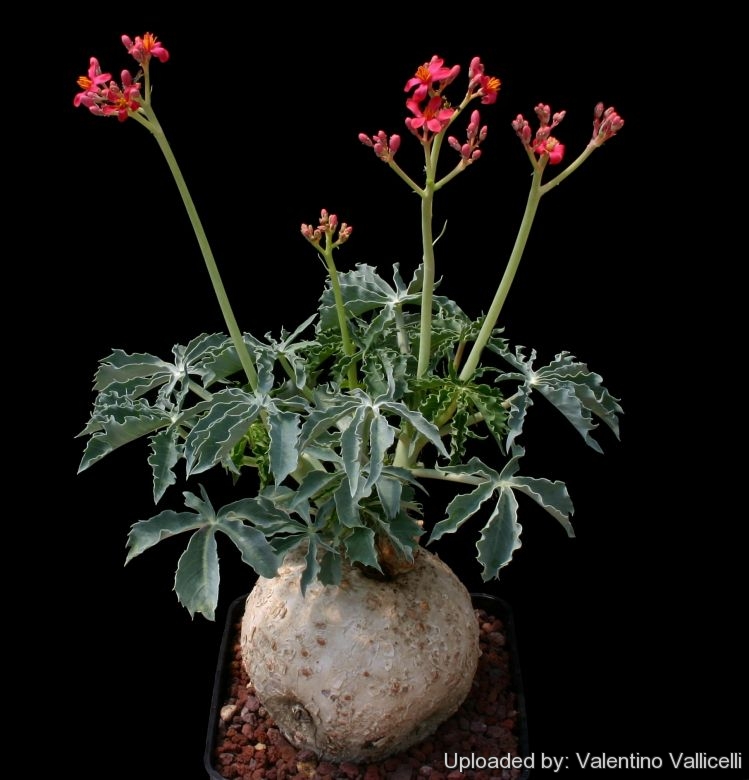
Adenoropium berlandieri (Jatropha cathartica) Photo by: Valentino Vallicelli
It is cultivated mainly for its globose caudex (or swollen trunk). With the onset of spring the caudex sprouts short branches with glaucous palmated leaves.
Origin and Habitat: Texas, Mexico, Central America.
Habitat: Grows scattered among the brush mainly on clay soil in hot, arid regions. This is a caudiciform plant adapted to prolonged periods of drought it can store water and survive many months without rain.
Synonyms:
Common Names include:
ENGLISH: Jatropha Buddah Belly, Buddah's Belly, Baseball Plant
Description: It is a perennial herb that grows from an enlarged, tuberlike woody roots (caudex) it is above ground in cultivation, although its caudex is underground in nature, dormant in winter.
Caudex: Large globose, pastel-white up to 20 centimetres thick and 30 cm tall (or more).
Branches: Should only get 10 centimetres, but in culture seems to get more than 35 centimetres long.
Leaves: Deciduous, palm-shaped up to 10 cm long and very deeply lobed five to seven times.
Flowers: Showy, arrayed in loose clusters at the ends of long stalks bright pink to poppy-red. Each inflorescence bears individual flowers of which 3-4 female and 10-12 male each up to 12 mm wide.
Blooming time: Feb-Nov though-out the growing season (mainly in summer).
Fruits: The fruit is a green, pea-like three-lobed capsule containing three seeds.
Bibliography: Major references and further lectures
1) Urs Eggli “Illustrated Handbook of Succulent Plants: Dicotyledons” Springer Science & Business Media, 2002
2) Werner Rauh “The Wonderful World of Succulents: Cultivation and Description of Selected Succulent Plants Other Than Cacti” Smithsonian Institution Press, 1984
3) Gordon Rowley “Caudiciform and Pachycaul Succulents: Pachycauls, Bottle-,Barrel-And Elephant-Trees and Their Kin a Collector's Miscellany” Strawberry Press. June 1st 1987
4) Clive Innes “Complete Handbook of Cacti and Succulents” Van Nostrand Reinhold Company, 01/Dec/1981
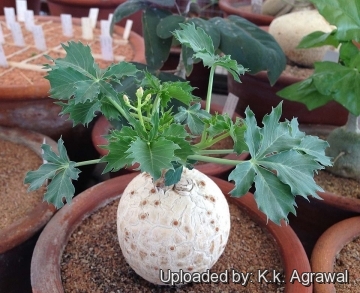 Adenoropium berlandieri (Jatropha cathartica) Photo by: K.k. Agrawal
Adenoropium berlandieri (Jatropha cathartica) Photo by: K.k. Agrawal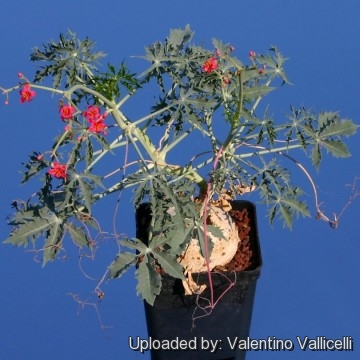 Adenoropium berlandieri (Jatropha cathartica) Photo by: Valentino Vallicelli
Adenoropium berlandieri (Jatropha cathartica) Photo by: Valentino Vallicelli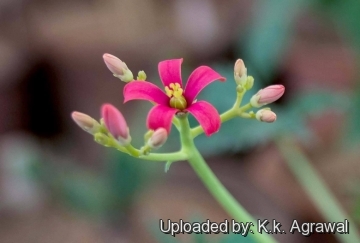 Adenoropium berlandieri (Jatropha cathartica) Photo by: K.k. Agrawal
Adenoropium berlandieri (Jatropha cathartica) Photo by: K.k. Agrawal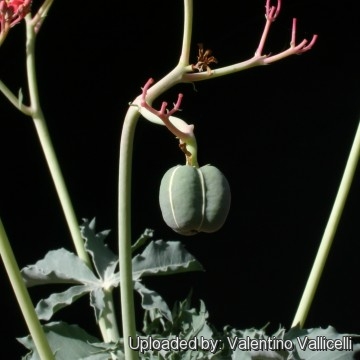 Adenoropium berlandieri (Jatropha cathartica) Photo by: Valentino Vallicelli
Adenoropium berlandieri (Jatropha cathartica) Photo by: Valentino Vallicelli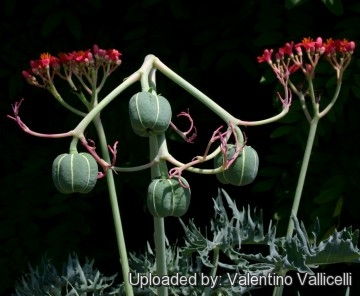 Adenoropium berlandieri (Jatropha cathartica) Photo by: Valentino Vallicelli
Adenoropium berlandieri (Jatropha cathartica) Photo by: Valentino Vallicelli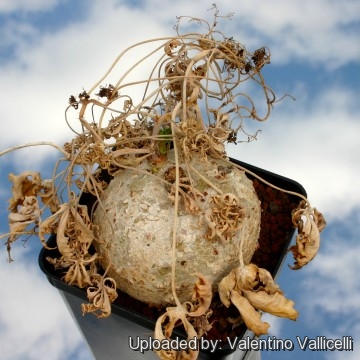 Adenoropium berlandieri (Jatropha cathartica) Photo by: Valentino Vallicelli
Adenoropium berlandieri (Jatropha cathartica) Photo by: Valentino Vallicelli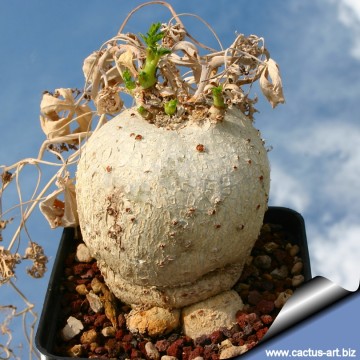 Adenoropium berlandieri (Jatropha cathartica) Photo by: Cactus Art
Adenoropium berlandieri (Jatropha cathartica) Photo by: Cactus Art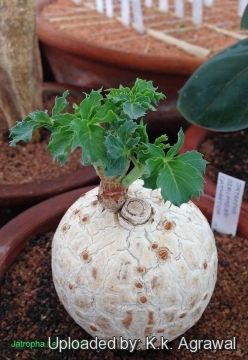 Jatropha-berlandieri showing good growth. It looks like white-washed. (Jatropha cathartica) Photo by: K.k. Agrawal
Jatropha-berlandieri showing good growth. It looks like white-washed. (Jatropha cathartica) Photo by: K.k. AgrawalCultivation and Propagation: Good for pot culture it adapts well in bright windows in the home and greenhouse. Soil should be a succulent/regular plant mix and should drain well and be allowed to dry between waterings. This slow-growing plant likes sun or shade and can rot (the stems become very soft and gummy) if it is cold and damp. It go dormant during the winter and the leaves and the short branches dry out (the dry stalk must be pruned in winter)
Propagation: Seeds/Cuttings
Your Photos
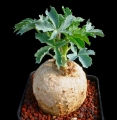
by Valentino Vallicelli

by Valentino Vallicelli
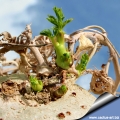
by Cactus Art






















